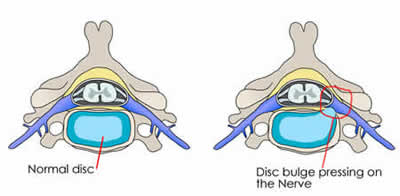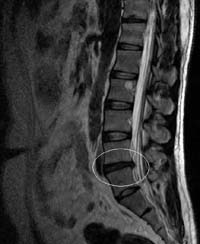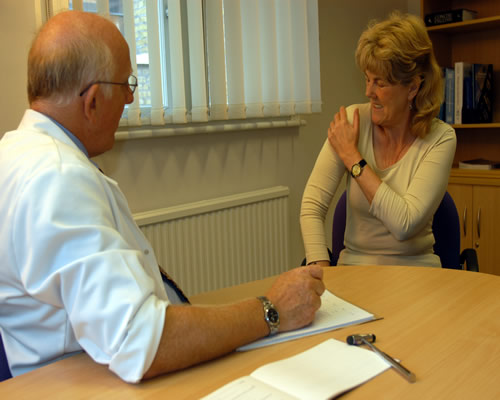Slipped Disc (Disc Prolapse)

Slipped disc is the common name for the medical terms 'prolapsed' or 'herniated' disc.
A slipped disc most commonly occurs in people who are between 30 and 50 years of age. The condition affects twice as many men than women. Although back pain is a common problem for adults over the age of 30, a slipped disc is the cause of less than one in 20 cases of sudden back pain. Most back pain is the result of a muscle or ligament strain.
What are discs?
The discs you have in your back are protective, circular pads of cartilage (connective tissue) that lie in between the bones of your spine (vertebrae). The discs are responsible for cushioning the vertebrae when you jump or run. The discs are made from a tough, fibrous case, which contains a softer, gel-like substance.
The spinal cord is a collection of nerve fibres that are attached to the brain, and are protected by the spine. Nerve fibres from the spinal cord pass between the vertebrae, and take and receive messages to and from different parts of the body.
What is a slipped disc?

A slipped disc occurs when the outer part of your disc ruptures, allowing the gel inside to bulge and protrude outwards from in between your vertebrae. The damaged disc can put pressure on your whole spinal cord or on a single nerve fibre. This means that a slipped disc can cause pain both in the area of the protruding disc and in any part of your body that is controlled by the nerve the disc is pressing on.
Most commonly this will result in sciatica.
A slipped disc occurs most frequently in your lower back, but any disc can rupture, including those in your upper back and neck.
by John Chaffey last review April 2014

